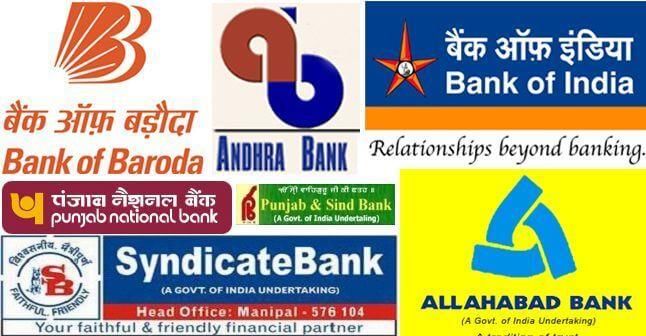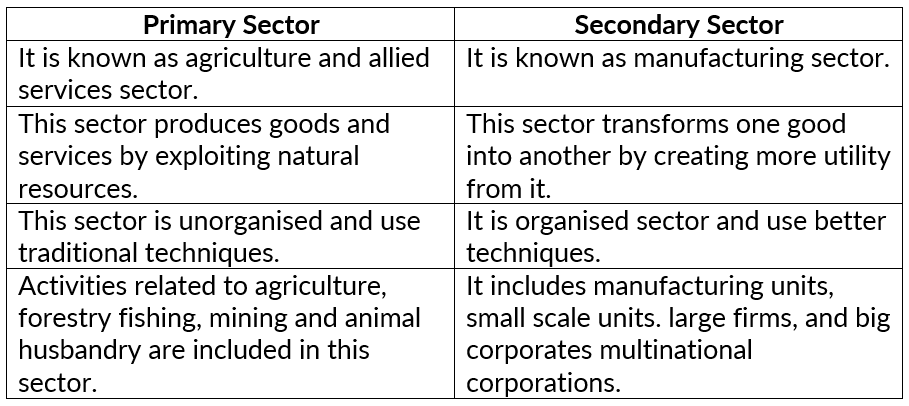Class 10 Economics Chapter 2 Question Answers - Sectors of the Indian Economy
Q1. Give a few examples of public sector activities and explain why the government has taken them up.
 Public Sector Organisations in India
Public Sector Organisations in India
Construction of roads, bridges, railways, harbors, generating electricity, providing irrigation through dams, health, education, etc. are a few examples of public sector activities Government has taken up these activities because these activities require a huge amount of investment, which is beyond the capacity of the private sector and several things needed by the society as a whole which the private sector will not provide at a reasonable cost. Even if they do provide these things, they would charge a high rate for their use.m, Let us further understand this with the help of an example. Selling electricity at a price that covers the full cost of generation may push up the cost of production in industries. Many units, especially small-scale units, might have to shut down. The government here steps in by producing and supplying electricity at rates that these industries can afford. So, the government has to bear a part of the cost.
Q2. Distinguish between the primary sector and the secondary sector by stating four points of distinction.

|
94 videos|630 docs|79 tests
|
FAQs on Class 10 Economics Chapter 2 Question Answers - Sectors of the Indian Economy
| 1. What are the main sectors of the Indian economy? |  |
| 2. How does the agricultural sector contribute to the Indian economy? |  |
| 3. What is the significance of the industrial sector in India? |  |
| 4. How does the services sector impact the Indian economy? |  |
| 5. What challenges do the different sectors of the Indian economy face? |  |






















